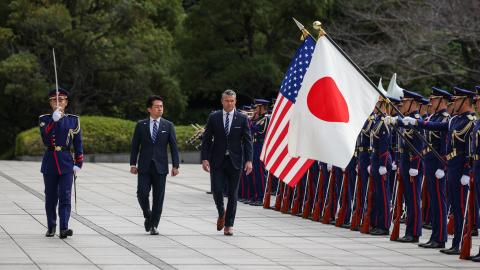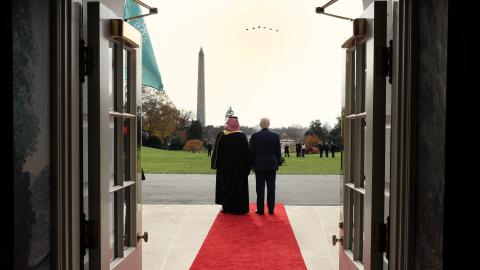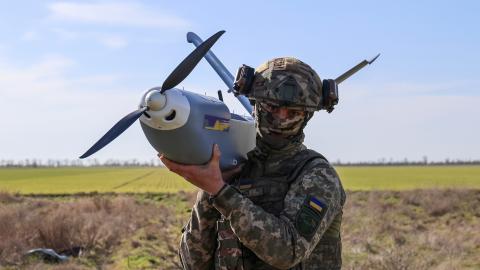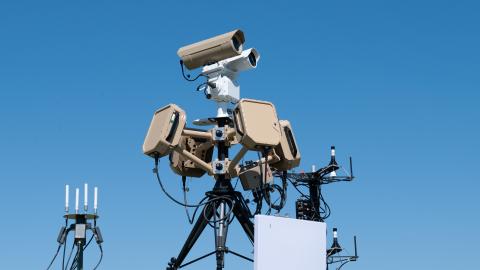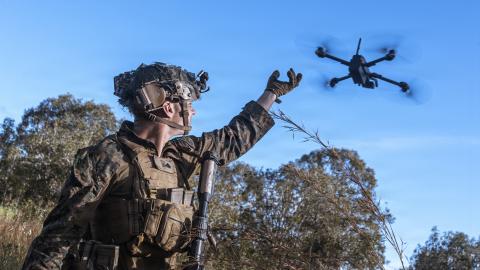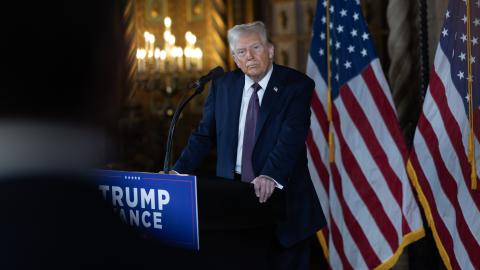From a national security perspective, the most important quality in a commander in chief is the ability to manage risk. The United States faces innumerable threats ranging from terrorism to nuclear war, but all do not merit the same amount of government attention or investment. Understanding how much effort to apply and when is essential to avoiding missteps such as the 2003 invasion of Iraq or turning a blind eye to China‘s occupation of the South China Sea during the 2010s.
Smart risk management is often unpopular. High-visibility events such as terrorism are designed to illicit a government reaction. Pushing back on efforts by America’s second-largest trading partner to exert control over international waters could hurt American businesses. However, resisting the urge to ride a wave of public outrage and addressing emerging challenges is essential to preserving national security.
The incoming administration will have a lot on its national security plate. Some of its likely leaders have identified China as the most significant challenge facing the nation, given its antagonism toward U.S. allies and comparative economic and technological heft. However, the U.S. government has poorly managed its effort to counter China’s aggression from the perspective of risk versus reward.
For a decade, the Pentagon has invested large percentages of its now nearly a trillion-dollar annual budget into capabilities designed to stop an invasion of Taiwan. Defense leaders’ only theory has been that a Chinese invasion is America’s most stressing national security threat, and all other situations are lesser-included cases.
This premise is flawed on multiple counts. An invasion is the most difficult operation a military can undertake, and even China’s leaders doubt that the inexperienced Chinese army can pull it off. While an invasion remains on the table, Ukraine’s successful use of drones to thwart Russia’s forces at sea and ashore suggests cheaper approaches are more appropriate to manage this low-likelihood/high-consequence scenario.
Instead of an invasion, recent operations suggest Beijing is more likely to intensify its efforts at sea and in the air to cut off U.S. allies’ access to their own territory or to international commerce. The forces the U.S. military would need to break what could become a monthslong blockade are different from those best suited for countering a short-notice invasion. These capabilities, such as U.S-flagged cargo ships and aircraft, larger surface and undersea drones, and surveillance systems, have not been a priority in recent U.S. budgets but could be strengthened by the new Congress and White House.
The most impactful campaign to resist Chinese full or quasi blockades against U.S. and allied commerce would be inexpensive to the U.S. government but could be costly for U.S. businesses. For example, the U.S. could sanction Chinese leaders and companies supporting militia, coast guards, or military operations against U.S. allies, cutting off their access to international banking and freezing their assets in the U.S. While politically unpopular, such actions could force Beijing to reconsider its approach with a lower risk of escalation.
Although China is the nation’s most significant national security risk, it is by far not the only one. For example, Houthi rebels continue attacking Red Sea shipping, but the scale and duration of U.S. Navy deployments to the region outstrip the need. The result is greater stress on the force and less focus on China. Equipping Israel and other allies to neutralize Iran and the Houthis would lower the risk to U.S. forces and improve Washington’s ability to resist Chinese aggression.
A new administration is an opportunity to turn the page on poor policy choices and set a new course. The new White House and Pentagon teams should take it to begin managing national security risks instead of chasing high-visibility, low-consequence threats.
Future generations will thank them.
Enjoyed this op-ed? Subscribe to Hudson’s newsletters to stay up to date with our latest content.
